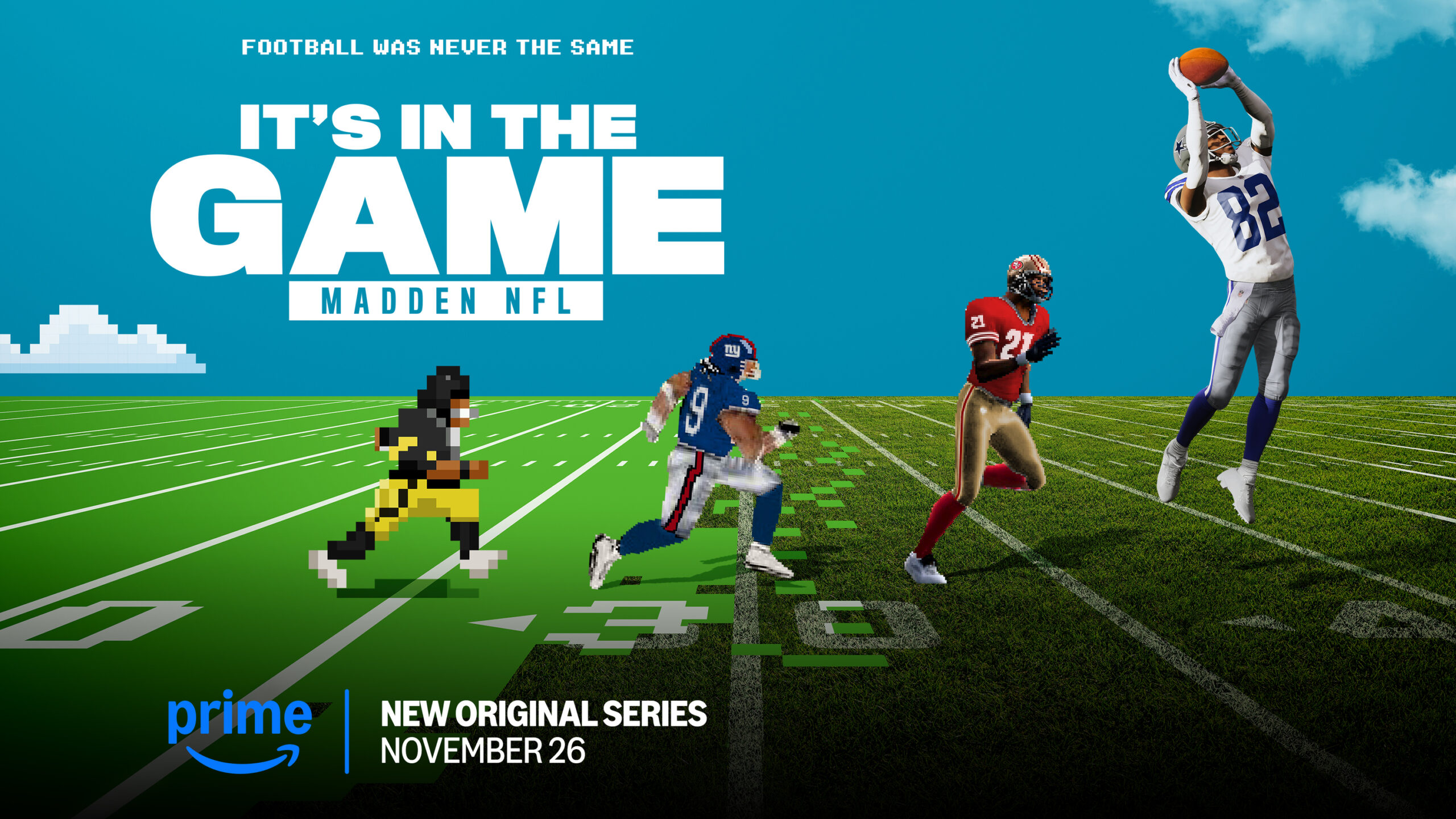As soon as it was released in the early ’90s, the Madden NFL series enjoyed being the best selling football game year after year, but eventually that winning streak ended.
The penultimate episode of “It’s In The Game”, “Everything’s Fine And We’re Shipping On Time”, showed repercussions of failing to meet expectations on a variety of different levels. It also showed how John Madden himself dealt with failure.
“Losing a year in video games is like losing ten.”
EA failed to ship to Madden NFL ’96.
It doesn’t take a gaming or sports expert to know that’s a bad thing. A company failed to release a highly anticipated product that’s supposed to come out every year. That’s millions of dollars that didn’t come in, so guessing what followed at EA should be an easy task, and the episode went over the repercussions fairly swiftly.
Delving deeper into the ramifications here, gamers would be keen to know that the Sony PlayStation and Sega Saturn both launched in 1995. This means that in addition to the annual release of Madden on the Super Nintendo and Sega Genesis, Madden should’ve released on two other platforms that year and potentially double its revenue that year. That didn’t happen, and competition finally started to matter.
Competition Brings Out The Best
With 1995’s generational shift, Sony and 989 Sports introduced NFL GameDay, Madden’s first real competition that eventually took first place from while EA was figuring out how to make their football game come back strong. The show talked about the various stresses that the competition put the marketing team through, which in turn affected the game’s development team. This was a nice touch, as this is something that’s very much real in the industry.
In spite of all that, the new series director hammered home the saying “[e]verything’s fine, and we’re shipping on time.” They did just that, and doing so resulted in them coming out on top of NFL GameDay for good.
There was no time to be complacent though, as 1998 saw the launch of the Sega Dreamcast and what would eventually be a thorn in Madden’s side for years in NFL 2K. Everything NFL 2K did looked better and seemed more hip than what Madden was doing. With Minnesota Vikings phenom Randy Moss gracing their cover, 2K wasn’t afraid to bully Madden around, and at that time more than ever, EA felt the need to change with the times.
Cover Athletes Change The Game
As gaming entered its sixth console generation, EA remained aggressive with their competition looming and combatted the hip feel of NFL 2K with their own cover athlete in Eddie George of the Tennessee Titans. Madden NFL 2001 was the first entry in the series to actually feature a cover athlete, and it also meant having a tough conversation with John Madden about it.
When first starting the episode, viewers know right away that John Madden wasn’t happy about the direction of the game series. He also appeared to be a bit frustrated by the amount of turnover on the staff producing the game year after year, so it’s easy to imagine the difficulty of telling the legendary coach and announcer he couldn’t be on the cover anymore.
Still, Madden is a champion, and he took this news like a champion. Not only did he understand where EA was coming from with the decision, but he gave them more resources. It all started out with the coach going through every play from the offense and the defense, really having it be a method of learning football. Moving up to the mid-2000s, Madden provided EA with some much needed help with the presentation.
2K had Madden’s number when it came to looking like the television broadcasts. That ended as soon as Madden made calls to the NFL. This led to EA visiting CBS and leaving with detailed schematics of the locations of all the cameras in NFL stadiums. This, along with real commentary from the likes of names like John Madden himself, Pat Summerall, and Al Michaels gave EA SPORTS the leg up once again.
Madden Makes Real Football Better
The modern NFL broadcast owes a lot to Madden these days, and it’s even more apparent with some of the alternative viewing options. Thursday Night Football on Prime Video has a viewing mode called Prime Vision which features a camera view showcasing all 22 players on the field including analytics for various actions for each play. Here’s an example:
As it does with every episode, episode four jumps back and forth to the current day to check on the development of Madden NFL ’25. One of the biggest, and most welcome additions to the game is in its rotating commentary team. One such new commentator is Kate Scott, who’s mostly known as the play-by-play announcer for the Philadelphia 76ers of the NBA but also regularly does a multitude of other sports including the NFL. Hearing her story in It’s In The Game was definitely a nice touch as she provides a welcome change to the broadcast booth alongside Brock Huard.
We’ve Reached The Home Stretch
Sega and NFL 2K had another ace up their sleeve when it came to their rivalry with EA SPORTS and Madden. The team signed a licensing deal with ESPN, the worldwide leader in sports, making this the cliffhanger going into the finale of the docuseries. Every enthusiast knows how this ends, but it should be interesting seeing how It’s In The Game tells and concludes the story.
Check out our other TV show reviews, and if you’re a gamer, our game reviews! And be sure to follow us on socials and join our Discord community.







